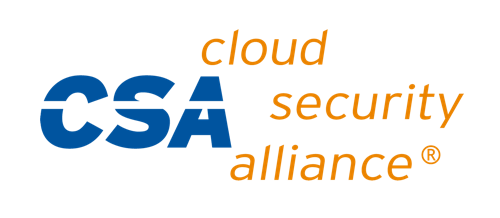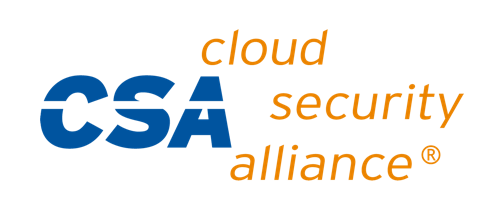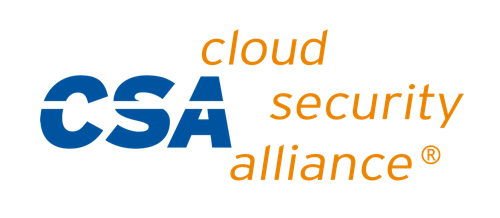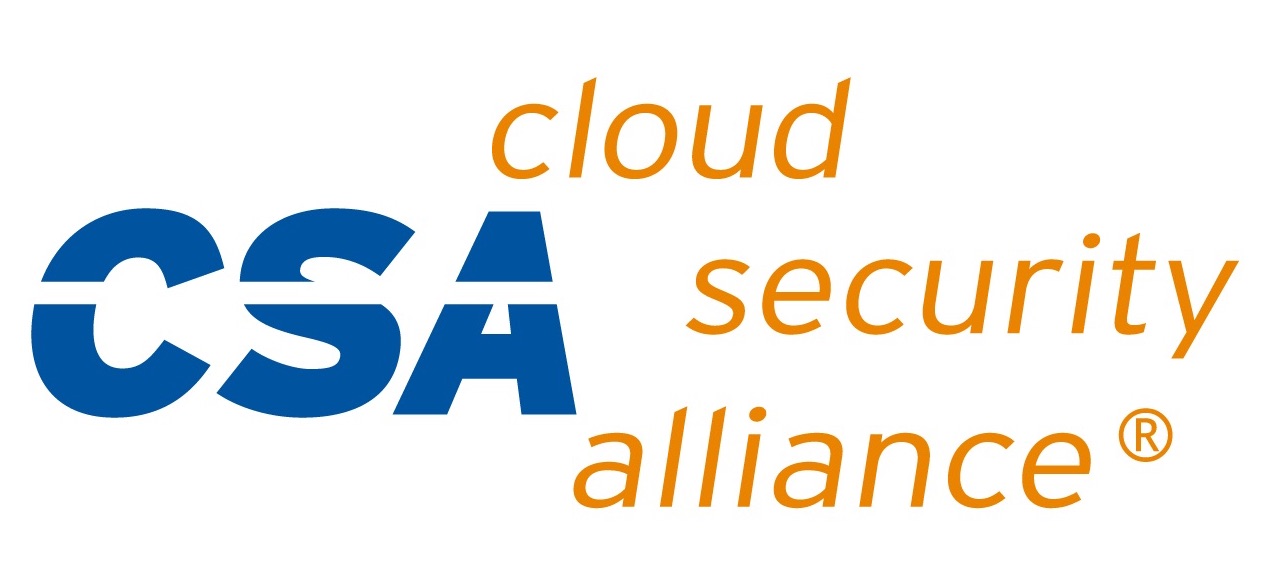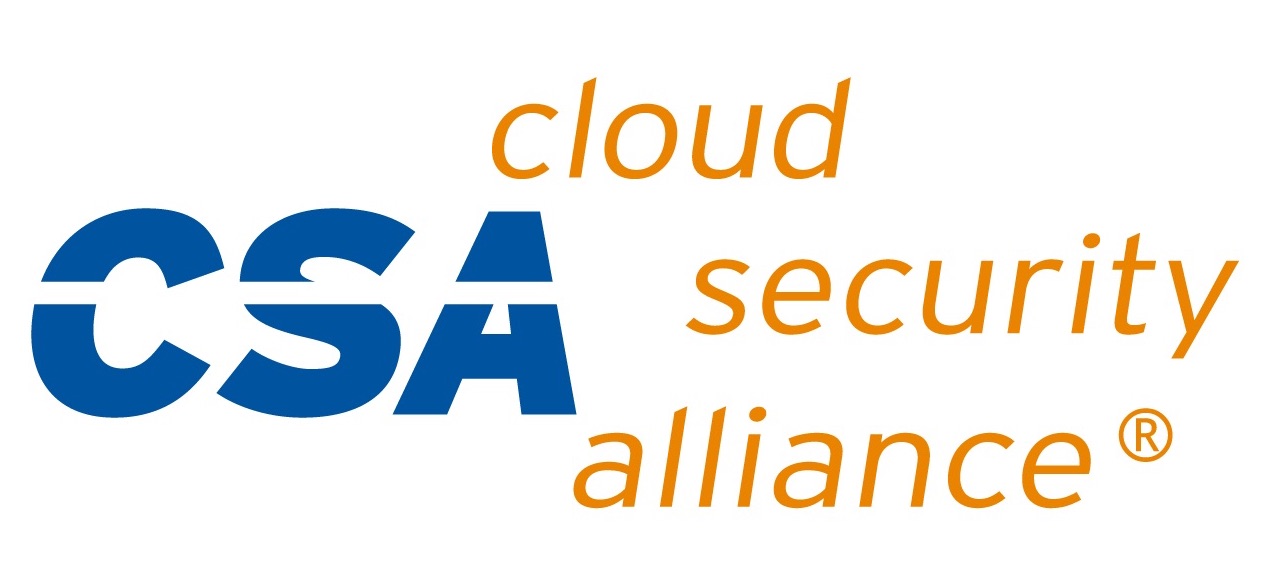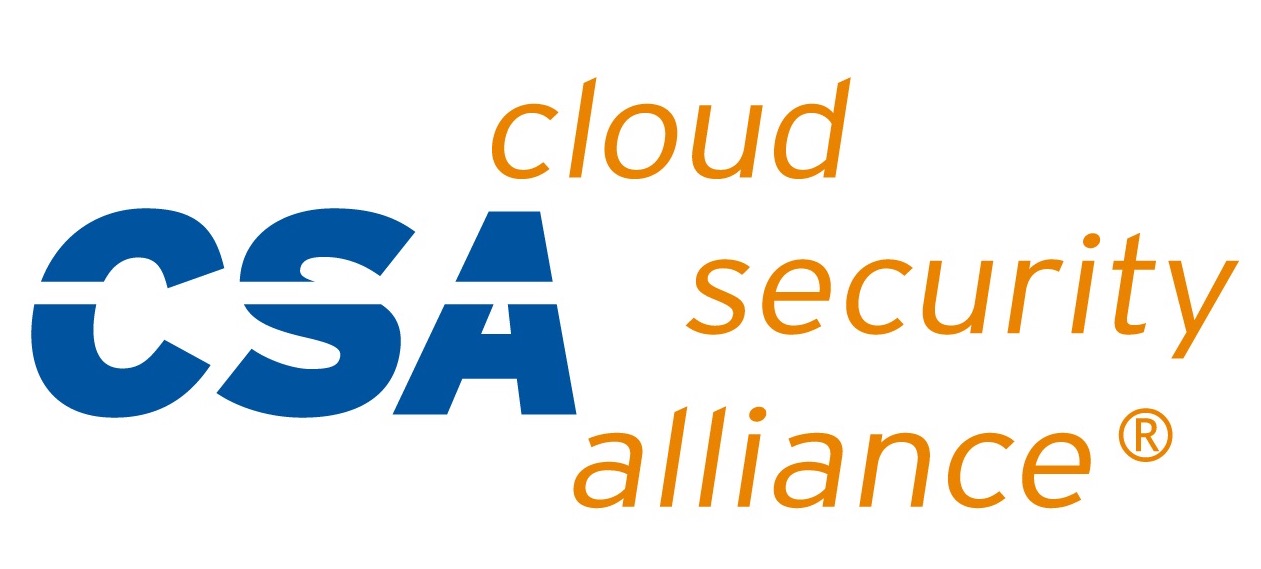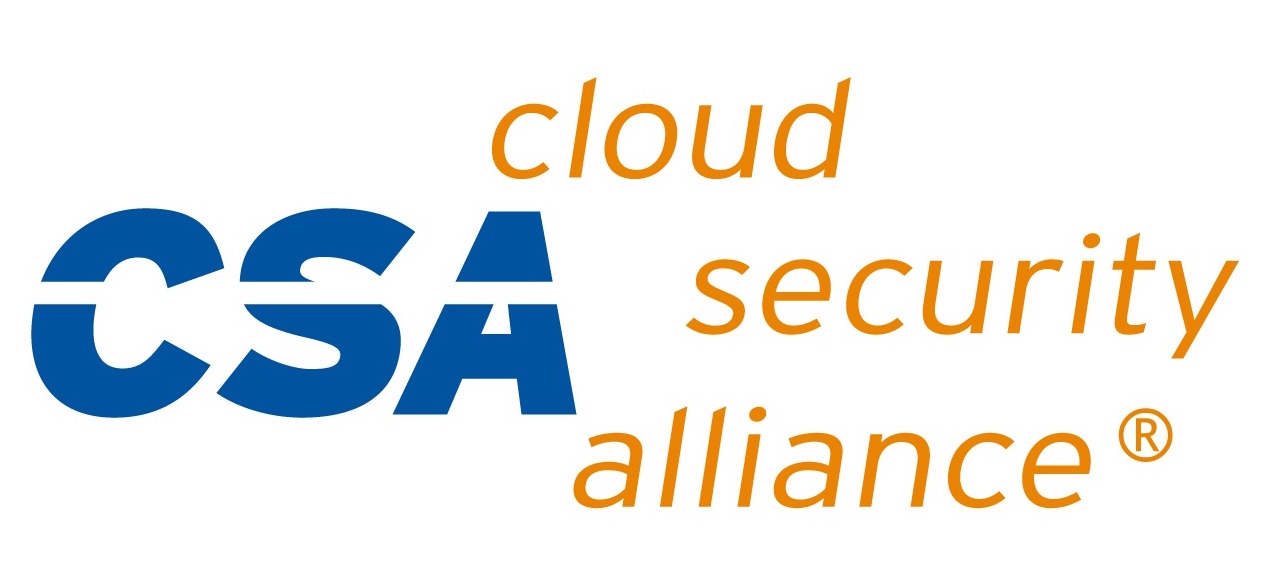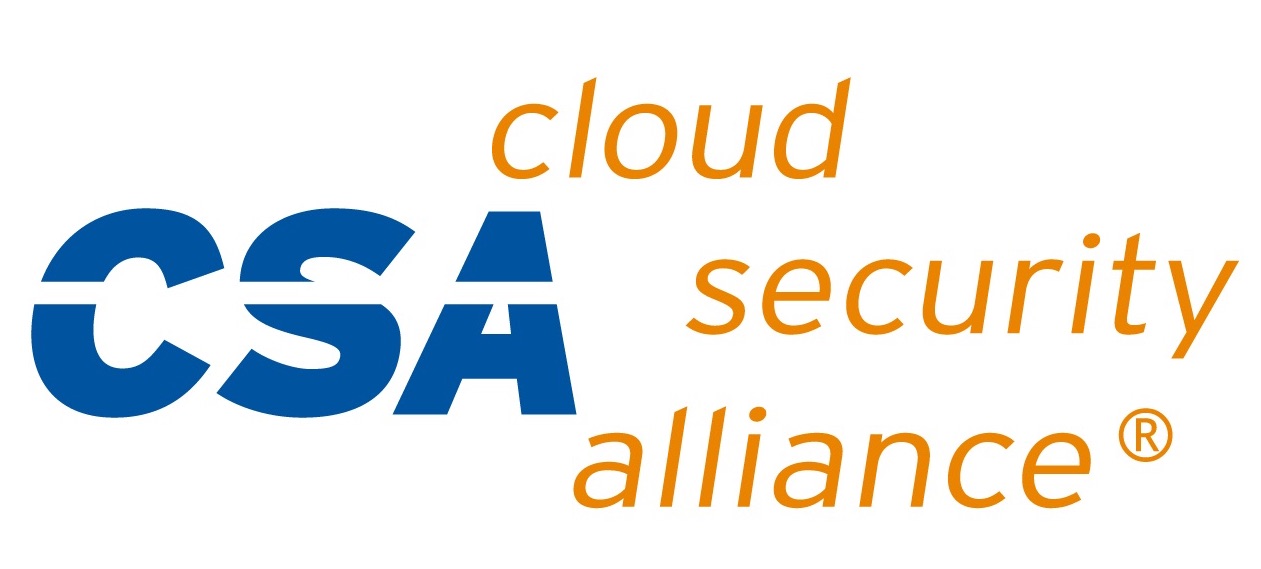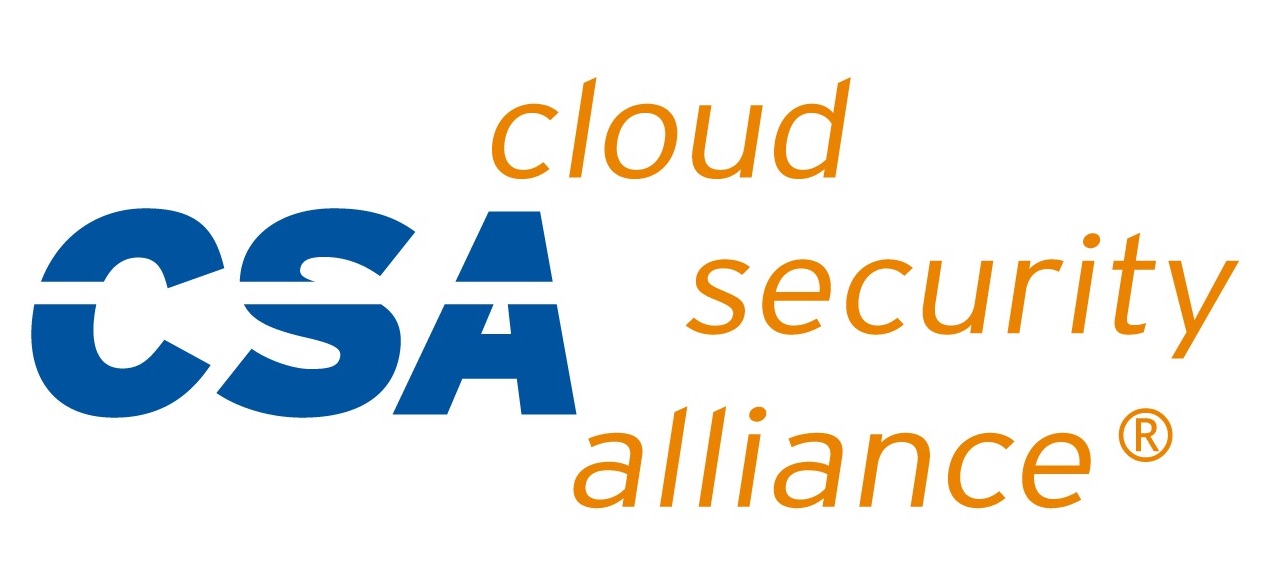DevSecOps
Businesses are now requiring a stronger collaboration between the development, security and operational functions. This addition of security creates DevSecOps. In the past, the security needs were either skipped or only addressed after the deployment of applications, or worse after security vulnerabilities were exploited. Such an approach increased risks to the deployment and contributed towards a more hostile relationship between security and the development and operations teams. DevSecOps focuses on creating a transparent and holistic management approach that leverages the synergies between the development, security and operational functions, making way towards a proactive and agile security stance. By addressing cultural changes within the work force and adhering to a new combination of tactics, security can become a functioning part across all life cycles and developments.
